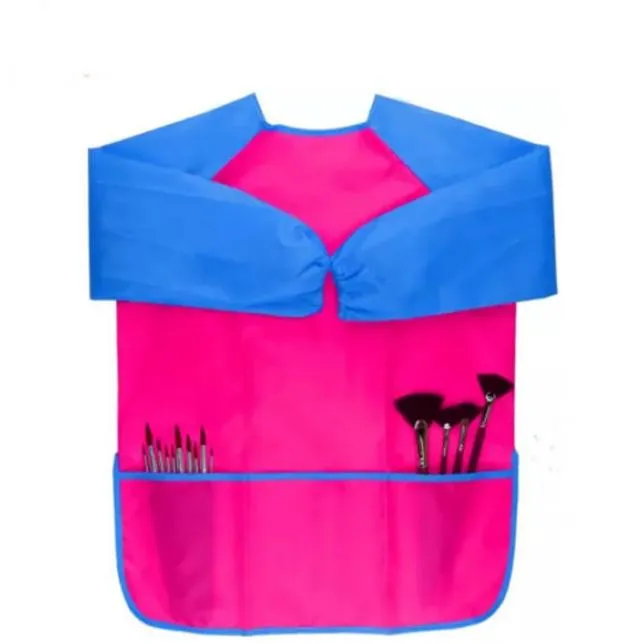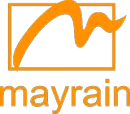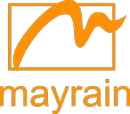 rainwears@163.com may@may-rain.com
rainwears@163.com may@may-rain.com Mon to Friday: 8.00 am - 7.00 pm
Mon to Friday: 8.00 am - 7.00 pm
The Art of the Apron: Exploring Drawing Aprons Through Sketch and Color
Aprons have long been a symbol of creativity, utility, and craftsmanship—especially in the world of art. Whether you're sketching an apron, designing one with colors, or simply wearing one to protect your clothes while working, the humble apron holds a unique place in the artist’s studio. In this article, we explore the role of the drawing apron, the beauty of an apron drawing with color, and the importance of sketching techniques such as apron line drawing and apron sketch development.

The Practical and Symbolic Use of the Drawing Apron
A drawing apron is more than just a protective garment; it’s a symbol of readiness and creativity. Artists, illustrators, and designers often wear aprons to shield themselves from paint splashes, charcoal smudges, and ink spills. But beyond function, an apron can also reflect personality and artistic identity.
Key features of a good apron for drawing:
Durable, washable fabric (like canvas or cotton)
Multiple front pockets for tools (pencils, erasers, markers)
Adjustable neck and waist straps
Coverage from chest to knee
While wearing an apron for drawing, many artists also find themselves inspired by its form and utility. This inspiration often leads to artistic interpretations such as sketches or illustrations of aprons, making the apron both a tool and a subject.
Visualizing Ideas: From Apron Sketch to Apron Drawing with Color
When creating fashion designs, product concepts, or even character illustrations, starting with an apron sketch is a common technique. A simple pencil sketch allows you to experiment with form, fit, and features. From there, artists may develop a more detailed apron drawing with color, using markers, watercolors, or digital tools to bring the design to life.
Steps in creating an apron drawing with color:
Begin with a basic apron line drawing—outline the shape, straps, and pockets.
Add shading or textures to give the sketch dimension.
Apply color schemes to explore materials and aesthetics.
Highlight key design elements like stitching, fabric folds, and fasteners.
These drawings aren’t limited to fashion design. Children’s books, educational materials, and graphic novels often include illustrated aprons—each with its own flair and context.
An apron sketch can also serve as a prototype or concept for actual garment production, especially in creative professions like costume design or culinary apparel.
Technique Matters: Mastering the Apron Line Drawing and Conceptual Design
A well-done apron line drawing is the foundation of any detailed illustration. Whether you're working on paper or digitally, line work helps define the structure and proportions of the apron. It also aids in understanding fabric flow and how the garment interacts with the human form.
Tips for drawing an effective apron line drawing:
Use light lines at first to map out proportions.
Focus on symmetry, especially around the neckline and pocket placements.
Add details like seam lines, folds, and buttonholes.
Use cross-contour lines to suggest three-dimensionality.
From a technical perspective, a clean apron line drawing is useful for printing, pattern making, and instructional materials. These are often used in sewing guides, fashion textbooks, and clothing catalogs.
For artists, creating a sketch of apron is also a good warm-up or study exercise to improve observation skills and garment rendering. Try drawing from real-life aprons, mannequins, or reference photos to better understand how different fabrics behave under lighting.
Whether you’re wearing a drawing apron in the studio or rendering a beautifully detailed apron drawing with color, the apron is both a tool and a muse. From the early apron sketch to the finished apron line drawing, each stage offers a chance to explore fabric, form, and function. It’s a great subject for artists interested in fashion design, character illustration, or even just practicing basic drawing techniques.
-
The Ultimate High Visibility Rain Jacket With Hood
NewsNov.19,2025
-
Staying Dry With a High-Vis Bicycle Raincoat
NewsNov.19,2025
-
Caring for and Washing Your Lined Rain Jacket
NewsNov.19,2025
-
Breathable Men Raincoat with Hood for Hiking
NewsNov.19,2025
-
Custom Women’s Waterproof Raincoat – Hooded Outdoor 1-Piece
NewsNov.17,2025
-
Long Men’s reflective rainwear raincoat - Waterproof Hi-Vis
NewsNov.17,2025































